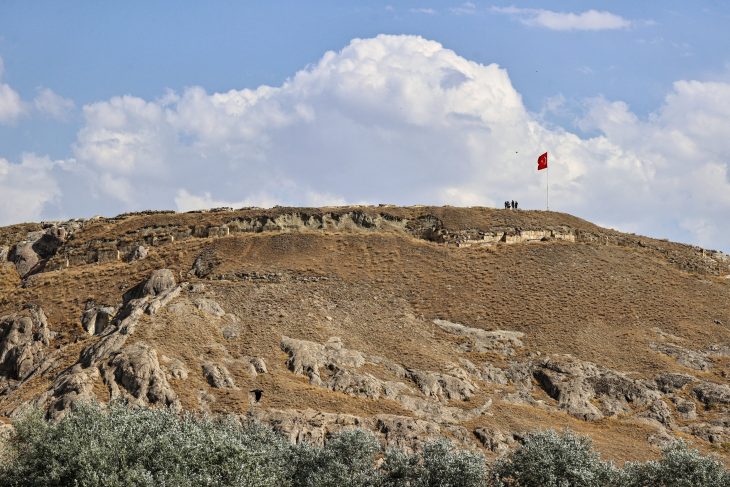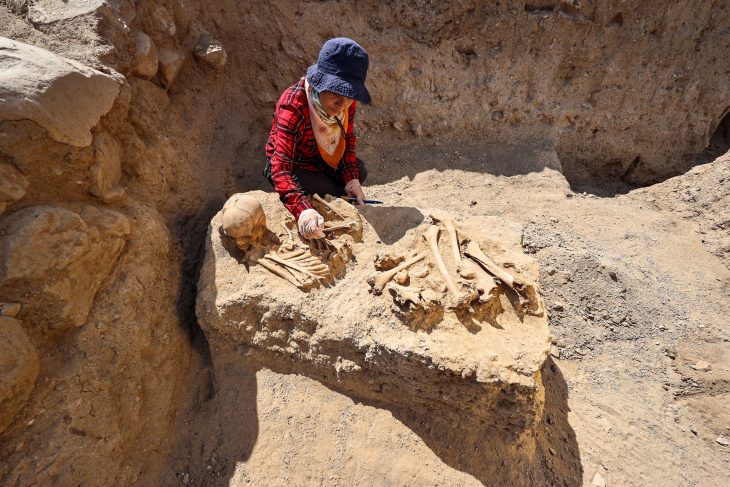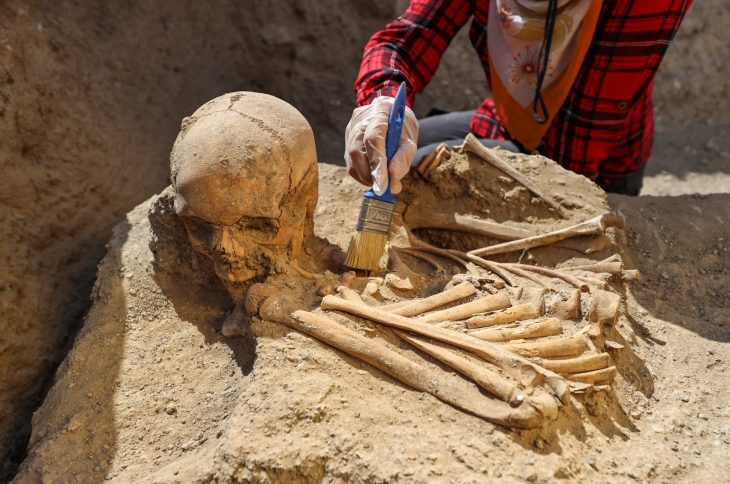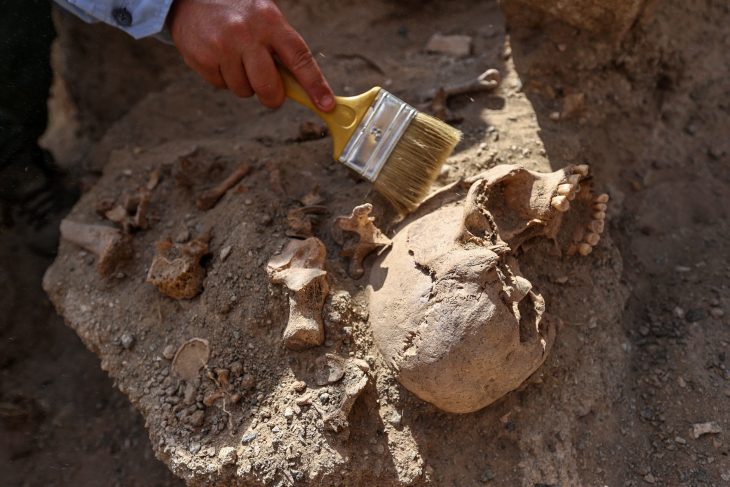Excavations at Cavuştepe castle have unveiled fascinating insights into the burial practices of the ancient Urartians, revealing new information about their customs and traditions. Led by Professor Rafet Çavuşoğlu of Van Yüzüncü Yıl University’s Faculty of Letters Archaeology Department, the ongoing archaeological investigations have recently unearthed two new tombs from the Urartian period within the necropolis surrounding the castle.
Dating back to the reign of King Sarduri II in 764-735 BC, Cavuştepe castle boasts a rich history, encompassing various structures such as a temple, king’s tower, workshops, storehouses, cisterns, and even a harem, showcasing the architectural prowess and societal complexity of the Urartian civilization.

The newly discovered tombs offer a glimpse into the burial practices and lifestyles of the Urartians. One tomb, belonging to an adult, and the other, a child’s grave, provide valuable archaeological data regarding burial traditions and grave goods placement during that era.
Professor Rafet Çavuşoğlu highlighted the significance of these recent discoveries, stating, “The latest graves have given us new insights into the burial customs of the Urartians.” He explained that while previous excavations in the necropolis area revealed various types of graves, including cist graves, chamber tombs, and urn tombs, the discovery of these new tombs with bodies placed near a platform represents a unique burial type not previously documented.

One intriguing aspect noted by the archaeologists is the absence of valuable grave goods in one of the adult tombs, indicating potential looting or disturbance in antiquity. Çavuşoğlu elaborated, “The lack of grave goods in this tomb, coupled with the disturbed state of the corpse, suggests that it may have been opened by individuals seeking jewelry or other valuable items.”

The ongoing conservation and protection efforts in the area aim to preserve these invaluable archaeological finds for future study and analysis. Professor Çavuşoğlu expressed optimism about the forthcoming work on the site, anticipating that it will provide clearer insights into the burial practices, societal structures, and material culture of the Urartian civilization.
As excavations continue at Cavuştepe castle and its surrounding necropolis, each discovery adds to our understanding of this ancient civilization, enriching our knowledge of their customs, beliefs, and daily life. The meticulous work of archaeologists ensures that these ancient treasures are safeguarded and studied for generations to come, unraveling the mysteries of the past and connecting us to our shared human heritage.
